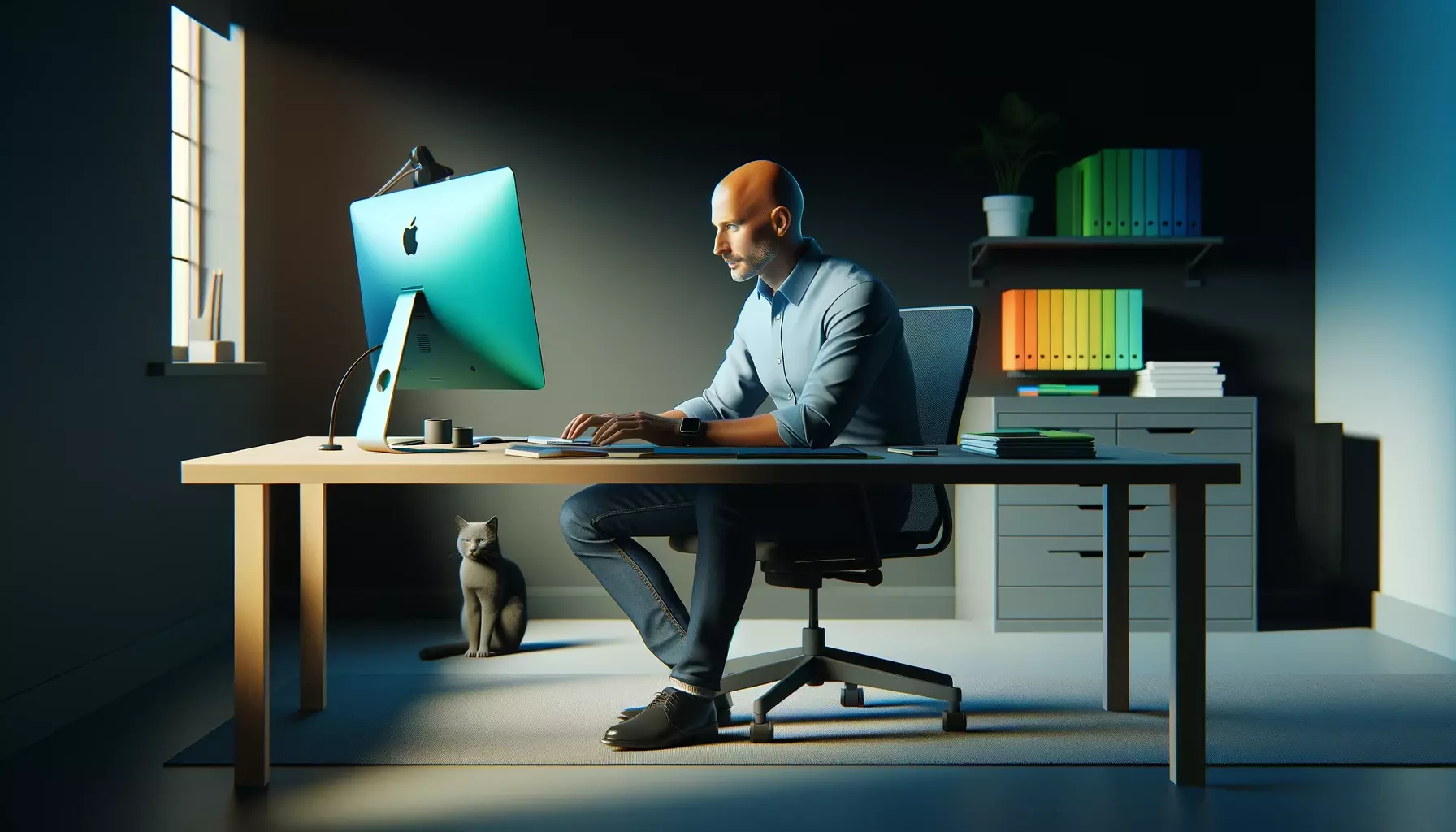Taking a screenshot on your Mac is a handy way to capture what’s on your screen for a variety of purposes. Whether it’s sharing an image with colleagues, saving a memorable conversation, or keeping a record of an important document, knowing how to screenshot on Mac is an essential skill. This article will guide you through the various methods of taking screenshots on a Mac, complete with illustrative images for each step.

Capturing the entire screen is one of the most common screenshot methods. Here’s how you can do it:
This method is perfect when you need a comprehensive view of everything visible on your desktop.
Sometimes, you might want to focus on a specific area of your screen. Here’s how to capture just a part of it:
This method is useful for capturing specific information without including unnecessary background details.
If you want to capture a specific window, follow these steps:
This approach is great for creating tutorials or demonstrations where you need to highlight an application or window.
MacOS Mojave and later versions include a screenshot toolbar, which offers more flexibility. Here’s how to use it:
The toolbar is particularly helpful for users who frequently take screenshots and need quick access to different capture methods.
The toolbar is particularly helpful for users who frequently take screenshots and need quick access to different capture methods.
By default, screenshots save to your desktop with the name ‘Screen Shot [date] at [time].png’. You can change the default save location by going to Preferences in the Screenshot app. This customization can help keep your desktop uncluttered.
Once you have taken your screenshot, you might need to edit it. You can double-click the screenshot to open it in Preview, where you can crop, annotate, or add text to your screenshot. This makes it easy to highlight or emphasize specific parts of the screenshot.
How to screenshot on Mac isn’t just about capturing your screen; it’s about efficiency and customization, enabling you to work smarter and communicate more effectively.
As the iconic Steve Jobs once said, “Simple can be harder than complex: You have to work hard to get your thinking clean to make it simple.” This philosophy is clearly reflected in the intuitive design of MacOS screenshot features, designed to make the process seamless for users.
Now that you know how to screenshot on Mac, you can easily capture any moment on your screen. Whether for work, study, or personal use, these tools provide a flexible way to manage your digital life. Remember, practice makes perfect, so familiarize yourself with these shortcuts to enhance your productivity and efficiency.